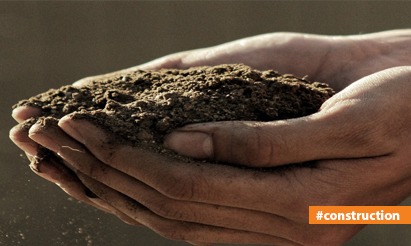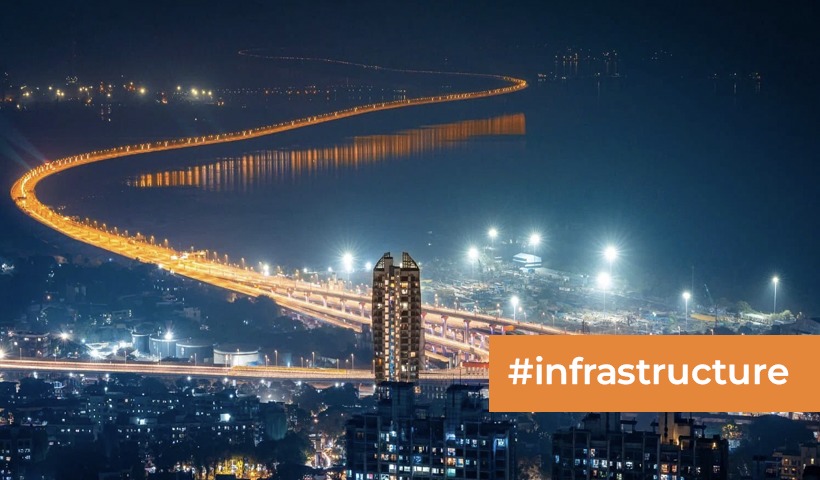A Deep Dive into 3D Printed Property Construction in India – Facts Unveiled!
Here are some facts about 3D printed property construction in India:
- The first 3D printed house in India was built in 2020 by Tvasta Manufacturing Solutions, a start-up founded by the alumni of IIT-Madras.
- The house was built in five days and cost around Rs 5 lakhs, which is roughly 20% of the cost of a standard 2BHK apartment.
- 3D printing technology can be used to construct a variety of structures, including houses, schools, hospitals, and even bridges.
- The technology is still in its early stages of development, but it has the potential to revolutionize the construction industry.
- 3D printing can help to reduce construction costs, time, and waste.
- It can also be used to create more sustainable and resilient buildings.
The government of India is promoting the use of 3D printing technology in the construction industry. In 2021, the Ministry of Housing and Urban Affairs launched a pilot project to 3D print 100 houses in collaboration with Tvasta Manufacturing Solutions.
The future of 3D printed property construction in India is bright. The technology has the potential to make housing more affordable and accessible to everyone. It can also help to create a more sustainable built environment.
Here are some of the challenges that need to be addressed before 3D printing technology can be widely adopted in India:
- The cost of 3D printers is still high.
- The technology is not yet as efficient as traditional construction methods.
- There is a lack of skilled labor in India to operate 3D printers.
Despite these challenges, the potential benefits of 3D printing technology are significant. The government of India is committed to promoting the use of this technology, and it is likely that we will see more 3D printed houses being built in India in the coming years.
Disclaimer: The views expressed above are for informational purposes only based on industry reports and related news stories. PropertyPistol does not guarantee the accuracy, completeness, or reliability of the information and shall not be held responsible for any action taken based on the published information.




